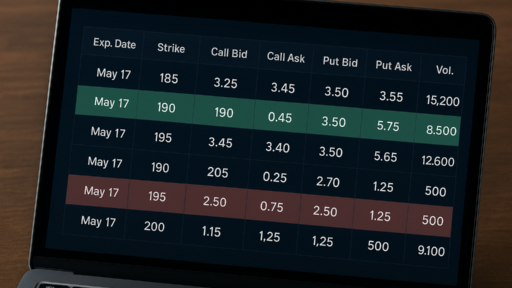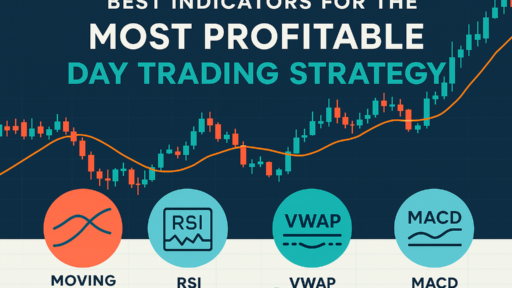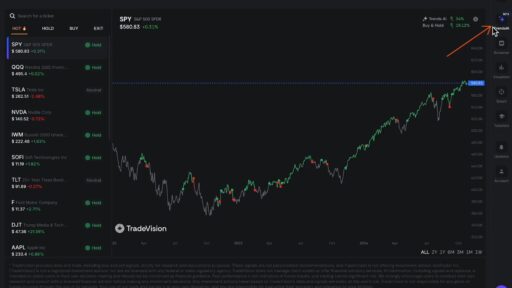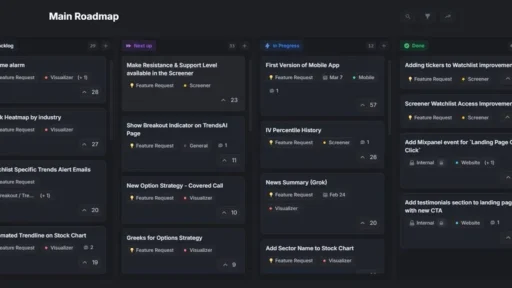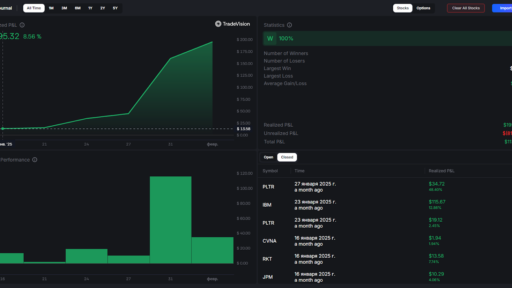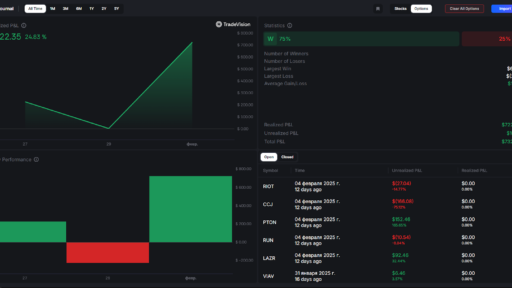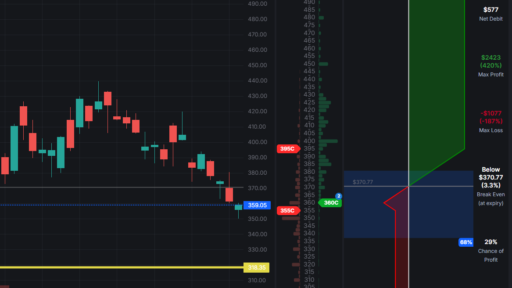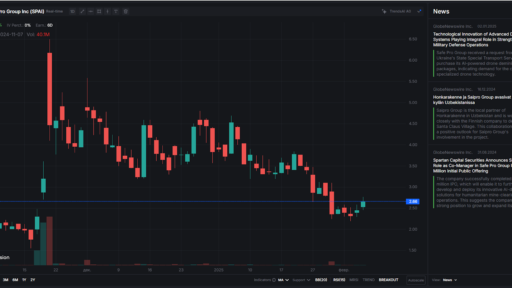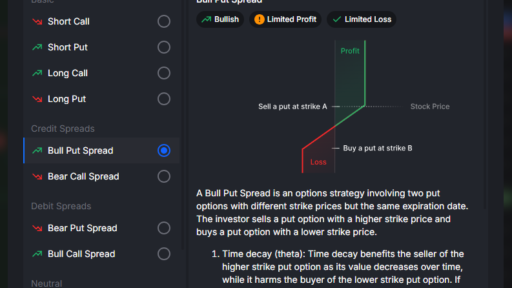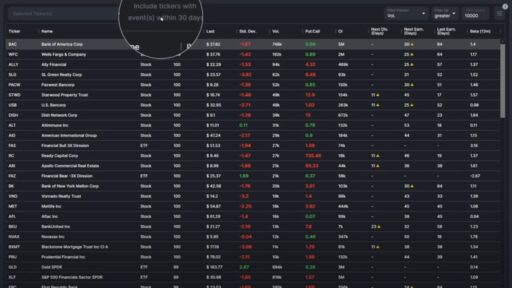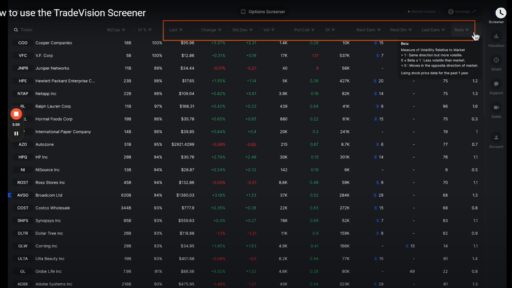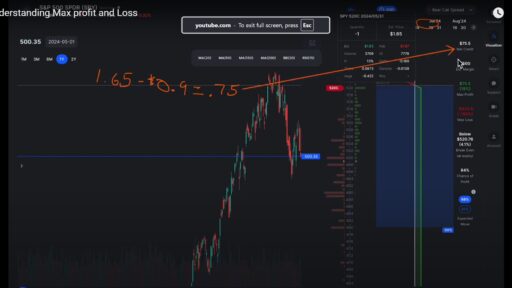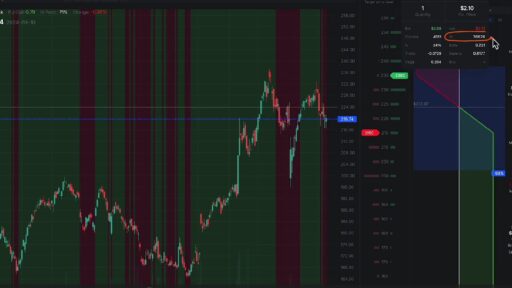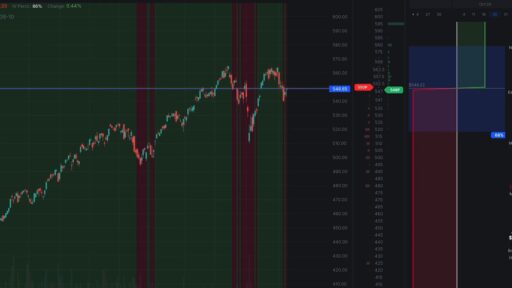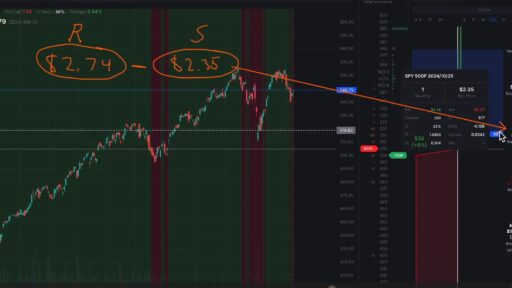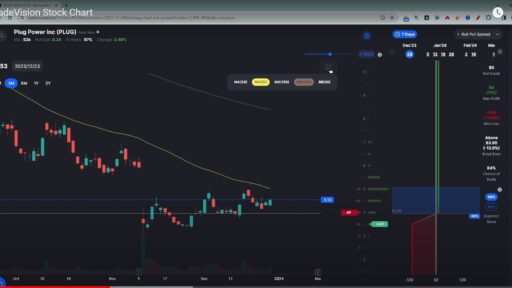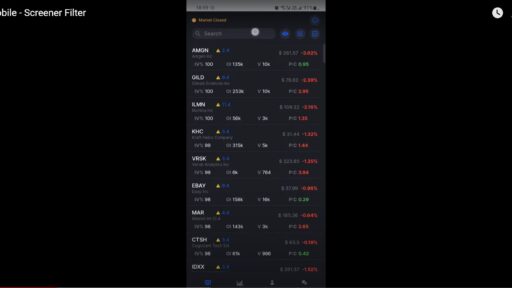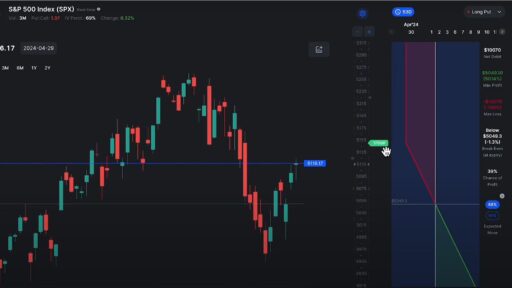Stock options trading can be a highly lucrative endeavor, but it also comes with substantial risks. Without proper risk management strategies, traders can quickly lose their capital. In this guide, we will explore the best ways to mitigate risks in stock options trading and ensure the longevity of your investments.
Understanding Stock Options Trading Risks
Stock options trading involves buying and selling options contracts, which give traders the right (but not the obligation) to buy or sell a stock at a predetermined price before the contract expires. While options can amplify gains, they can also lead to significant losses if not handled correctly.
Some of the primary risks associated with stock options trading include:
- Market Risk: Prices of underlying assets fluctuate, leading to potential losses.
- Liquidity Risk: Some options have low trading volume, making them hard to sell.
- Leverage Risk: Using leverage can magnify losses as much as it enhances profits.
- Time Decay (Theta): Options lose value as they approach expiration.
- Volatility Risk: Market fluctuations can impact option prices unpredictably.
To successfully trade stock options while protecting your capital, it is crucial to implement effective risk management strategies.
Key Risk Management Strategies in Stock Options Trading
1. Set a Risk Tolerance Level
Before entering any trade, determine how much risk you are willing to take. Many professional traders suggest risking no more than 1-2% of your total capital on a single trade. This ensures that even if a trade goes against you, you will not suffer significant financial damage.
2. Use Stop-Loss Orders
A stop-loss order is a predetermined price level at which your position will automatically close to prevent further losses. For example, if you buy a call option and the price starts declining, setting a stop-loss can help you cut losses before they become too large.
3. Diversify Your Portfolio
Avoid putting all your capital into a single options trade. Diversification reduces the impact of a single loss on your overall portfolio. Spread your investments across different stocks, industries, and strategies.
4. Avoid Overleveraging
While leverage can enhance profits, it can also lead to amplified losses. Be cautious when using margin accounts and ensure that you can cover potential losses without depleting your trading account.
5. Master the Greeks
The Greeks (Delta, Gamma, Theta, Vega) help traders understand how options prices will move in different market conditions. For example:
- Delta measures price sensitivity to stock movement.
- Theta indicates time decay impact.
- Vega shows how volatility affects an option’s price. Understanding these factors can help you make better risk-adjusted decisions.
6. Use Hedging Strategies
Hedging involves taking a position that offsets potential losses. Common hedging techniques in stock options trading include:
- Protective Puts: Buying put options to protect long stock positions.
- Covered Calls: Selling call options while holding the underlying stock to generate income.
- Spreads: Using vertical, horizontal, or diagonal spreads to manage risk effectively.
7. Manage Position Sizing
Do not invest too much capital in a single trade. By keeping position sizes small, you limit the impact of a single loss. A good rule of thumb is to allocate only a small percentage of your portfolio to any one options trade.
8. Monitor Market Trends and News
Stock options trading is highly sensitive to market trends and economic news. Regularly monitoring financial reports, earnings releases, and economic indicators can help you anticipate price movements and adjust your positions accordingly.
9. Understand Volatility
Implied volatility (IV) plays a crucial role in options pricing. High IV means higher premiums but also greater risk. Using strategies that take advantage of volatility, such as straddles and strangles, can help traders manage risk better.
10. Keep Emotions in Check
Emotional trading often leads to poor decision-making. Develop a trading plan and stick to it to avoid impulsive trades driven by fear or greed.

FAQs About Stock Options Trading and Risk Management
1. What is the safest options trading strategy?
The safest options trading strategies include covered calls, protective puts, and spreads. These strategies help limit risk while providing potential profit opportunities.
2. How can I avoid losing money in stock options trading?
To minimize losses, use stop-loss orders, diversify your trades, manage position sizes, and avoid excessive leverage. Also, ensure you understand the risks before trading.
3. What percentage of my portfolio should be in options trading?
Experts recommend allocating no more than 5-10% of your total portfolio to options trading, as options can be volatile and risky compared to traditional stock investments.
4. How do I hedge my stock options trades?
You can hedge stock options trades by using protective puts, covered calls, and spread strategies to reduce exposure to market fluctuations.
5. Why do most options traders lose money?
Many options traders lose money due to poor risk management, lack of knowledge, emotional trading, overleveraging, and failing to adapt to market conditions.
Final Thoughts: Trading Smart with TradeVision
Stock options trading can be highly rewarding, but only if approached with proper risk management strategies. By following disciplined trading techniques, setting realistic risk limits, and continuously educating yourself, you can protect your capital while maximizing potential gains.
If you’re looking for a reliable platform that offers powerful risk management tools, real-time market analysis, and expert insights, TradeVision is a great choice. TradeVision provides traders with the necessary resources to make informed decisions and mitigate risks effectively. Start your journey with TradeVision and trade with confidence today!
By implementing the right risk management strategies, you can navigate the complexities of stock options trading while safeguarding your capital for long-term success.














